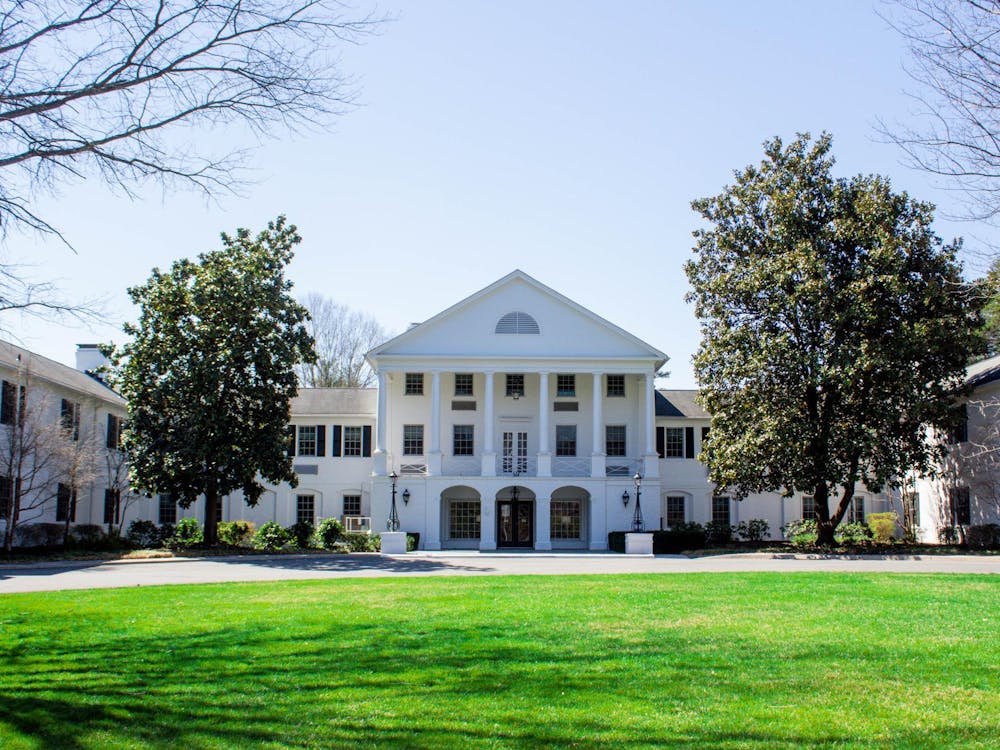THIS MARCH, almost 500 individuals participated in Alternative Spring Break with a goal of entrenching their community service mindset, broadening their outlooks and encouraging themselves to take their experiences further into their lives beyond college. All these key goals have been neglected by critics of the program who point to its inadequacies of "being only one week" and serving as "resume fillers" and "sequels to the white man's burden." These criticisms are as incorrect as they are ignorant, and represent narrow perceptions that the program seeks to erase.
The degree of American insularity and ignorance is alarming and a problem that groups like ASB can play a part in solving. According to The Economist, just over 30 percent of Americans own a passport. The effect of such a narrow-minded outlook directly affects perception of American ignorance in the world. For instance, the National Geographic Society conducted a poll in 2002 which tested basic geographical skills in certain countries among youths.It found that Americans came in second last with a "D" grade, finding only seven of 16 countries on a map -- with 30 percent unable to find the Pacific Ocean and 10 percent unable to find their own country.
While ASB may not be able to reverse this sobering trend of American ignorance, it certainly will play a role in at least broadening the general knowledge of individuals in the program who travel overseas. While some may argue this change is inconsequential in one week, it is clear that internationalization is badly needed to broaden the outlook of Americans in general, and any help in this regard must be appreciated.
While ASB does not advertise itself as a purely altruistic program, it is clear that efforts are made to stimulate learning among individuals to steer them towards looking at their experiences from the and educational perspective. For instance, all individuals are required to pick from various educational choices in their trip, which include lectures by professors or community leaders and certain required readings. Perhaps one neglected fact about ASB is its focus on continuity rather than what most people portray to be a "one-week program." In fact, next year, ASB will be pairing up trips with other CIOs whose missions reflect the objectives of the trip, which will not only provide additional knowledge, but start a partnership that will be useful for students who want to pursue future endeavors after their service trips.
In addition, nightly reflections led by site leaders are not ceremonial toasts to a day of hard work; they are rigorously thought out and implemented. The discussions center not only on experiences, but the lessons that can be drawn from them and finding a compromise point to promote cultural interaction. "These reflections are what separate ASB from most other service learning programs such as Madison House, where there is no discussion about why volunteering is necessary," said Kenneth Ott, president of the ASB. Having a dialogue about the utility of such trips and the value of community service has the transformative effect of not only entrenching service values into those that believe in them already, but it has the potential to draw in other "fence-sitters" and those who previously may not have been interested in community service at all.
The goals of ASB directly contradict opinions that it seeks to "civilize" other parts of the world. Far from this, it appears that the program is a mild effort at "self-civilization" in cultivating service learning in individuals. For instance, Ott emphasized the program's focus on long-term application of service learning to college, work and conflict resolution to deal with cultural misunderstandings that occur between people of different communities within and between countries.
There are some ways in which ASB can improve the execution of its noble goals. For instance, ASB must make it a priority to monitor continuity in its programs by tracking how many volunteers return to their sites. While it may seem a Herculean task, a good indicator of whether a program that promotes long term service learning works is whether individuals engage in it beyond the program's duration.
Second, ASB must also revisit its funding of student trips to reach its eventual goal of subsidizing every trip at set prices. Last, and most importantly, ASB must look into the promising prospect of aligning its goals with that of the Undergraduate Research Network. This will allow for the coordination of community service and research by students and the presentation of their work in the Undergraduate Symposium and in journals such as the Oculus.
A close examination of the nature of ASB proves that far from conforming to the mythical "one-week civilizing mission and resume lengthening program", it is a concerted effort to instill and institutionalize the norms of service learning within its participants. Our focus should be on trying to improve this as a source of learning, rather than dismissing it with the very narrow-minded perceptions it tries to combat.
Prashanth Parameswaran's column appears Wednesdays in The Cavalier Daily. He can be reached at pparameswaran@cavalierdaily.com






